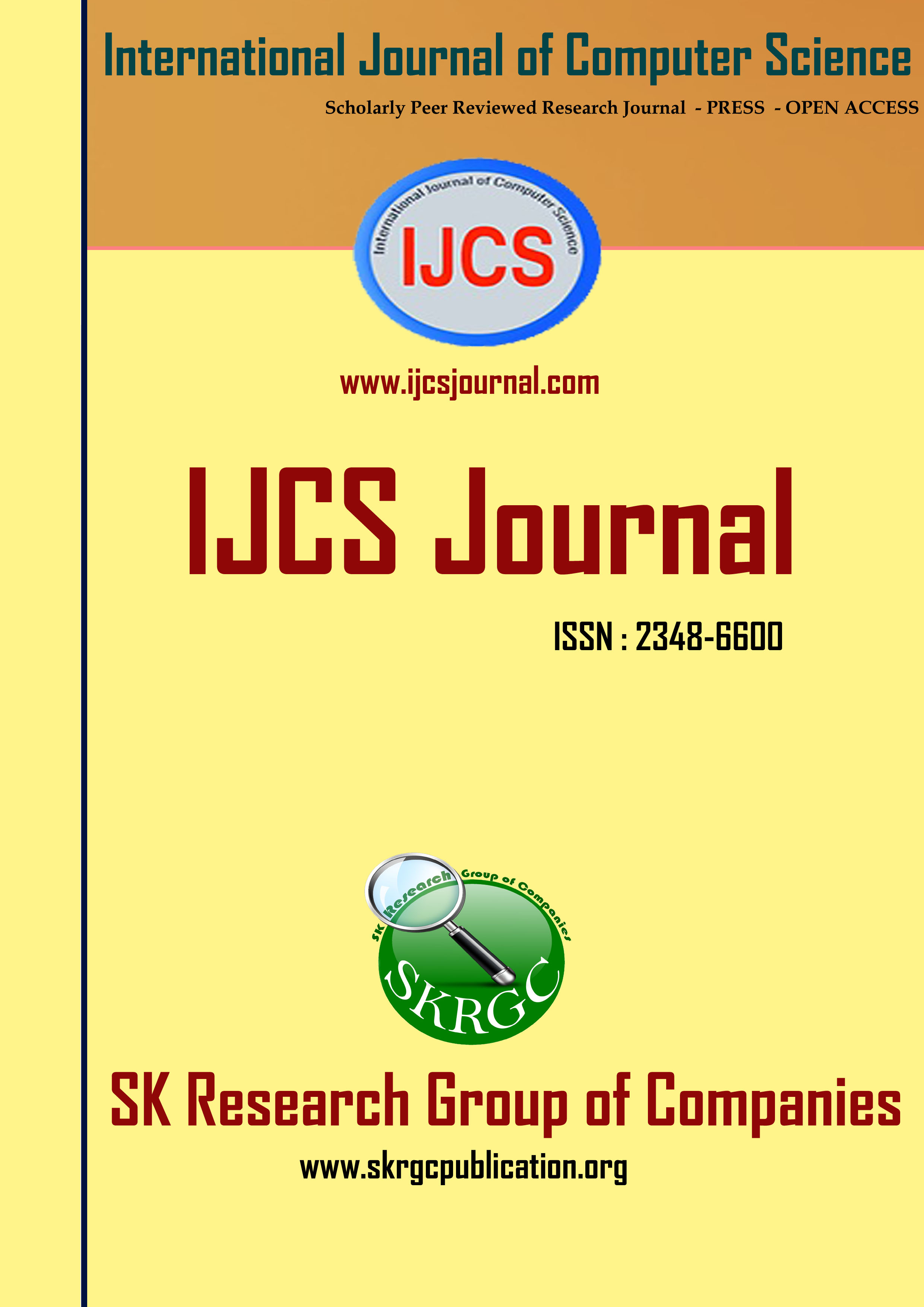STRENGTH AND DURABILITY STUDIES ON CONCRETE USING QUARRY DUST AS FINE AGGREGATE
International Journal of Computer Science (IJCS) Published by SK Research Group of Companies (SKRGC)
Download this PDF format
Abstract
Conventional Cement Concrete (CCC) consists of Portland Cement (PC) as binder, which binds the inert aggregate system. Concrete has found its wide application in buildings throughout the world because of positive attributes such as durability, high resistance to loads, and the possibility of using local raw materials in the preparation of concrete (Sand, Crushed Stone). The use of river sand in making the concrete is the best Fine Aggregate (FA). Seasonal non – availability and scarcity leads to the higher cost. There is a need to tackle this problem. So the replacement of conventional river sand is necessary. For this the abundantly available material at all season at a cheaper rate is in need. The use of Quarry Dust – the fines which is found as the remains of the crusher industry, as a replacement of sand is being tried at different places, but no authentic results are available for the characteristics strength and the optimum proportion by which it can be included as FA. Properties such as: compressive, split tensile and flexural strengths besides durability of concrete made with Quarry Dust have been investigated. Cement Concrete mix using Quarry Dust as Fine Aggregate is designed using M20.
References
[1] Babu K.K., Radhakrishnan R. and Nambiar E.K.K. 1997. Compressive Strength of Brick Masonry with Alternative - Aggregate Mortar. CE and CR Journal, New Delhi. pp. 25-29.
[2] Hudson B.P. 1997. Manufactured sand for Concrete. The Indian Concrete Journal. pp. 237-240.
[3] IS: 8112-1989. Specification for 43 Grade ordinary Portland Cement. Bureau of Indian Standards, New Delhi.
[4] IS: 383-1970. Specification for coarse and Fine Aggregates from natural sources for concrete. Bureau of Indian standards, New Delhi.
[5] IS: 2386-1963 Part 1 to VIII. Indian Standard Methods of Test for Aggregate for concrete. Bureau of Indian Standards, New Delhi.
[6] IS: 1199-1959. Indian Standard Methods of Sampling and analysis of concrete. Bureau of Indian Standards, New Delhi.
[7] IS: 516-1959. Indian Standard Methods of Test for Strength of concrete. Bureau of Indian Standards, New Delhi. B. Felekoglu, K. Tosun, B. Baradan, A. Altun, and B. Uyulgan, “The effect of fly ash and limestone fillers on the viscosity and compressive strength of self-compacting repair mortars,” Cement and Concrete Research, vol. 36, no. 9, pp. 1719–1726, 2006. ·
[8] D. W. S. Ho, A. M. M. Sheinn, C. C. Ng, and C. T. Tam, “The use of quarry dust for SCC applications,” Cement and Concrete Research, vol. 32, no. 4, pp. 505–511, 2002.
[9] B. Muhit, M. T. Raihan, and M. Nuruzzaman, “Determination of mortar strength using stone dust as a partially replaced material for cement and sand,” Advances in Concrete Construction, vol. 2, no. 4, pp. 249–259, 2014.
[10] J. O. Ukpata and M. E. Ephraim, “Flexural and tensile strength properties of concrete using lateristic sand and quarry dust,” ARPN Journal of Engineering and Applied Sciences, vol. 7, pp. 324–331, 2012.
Keywords
Durability, Quarry dust, Material test

